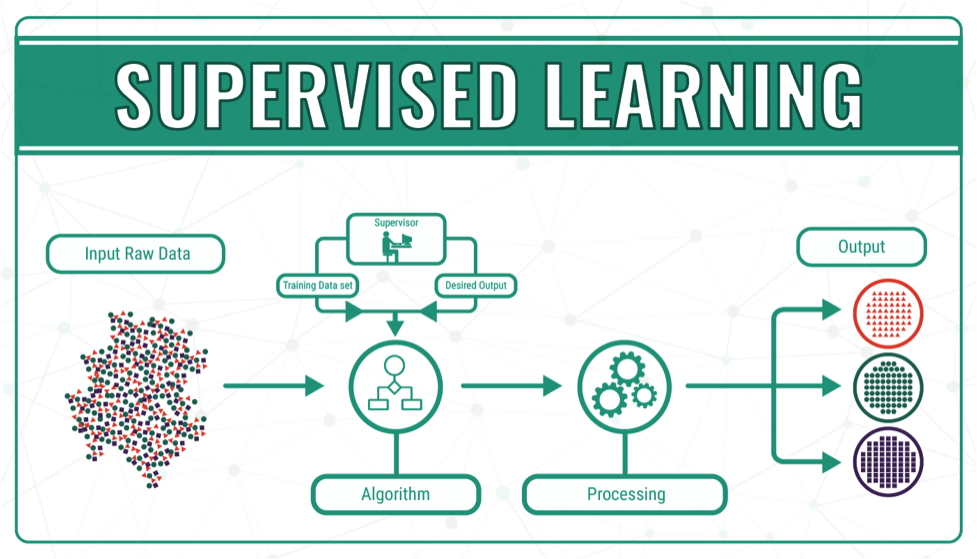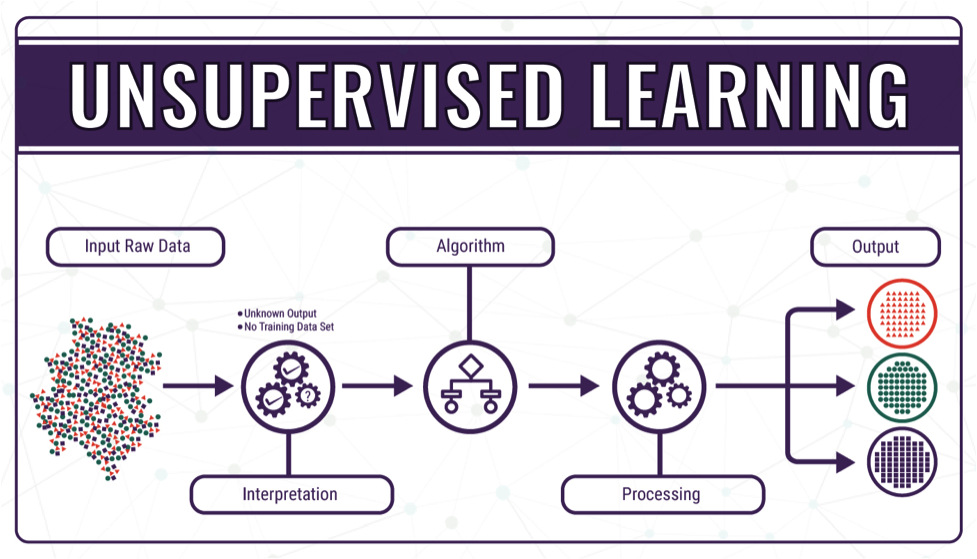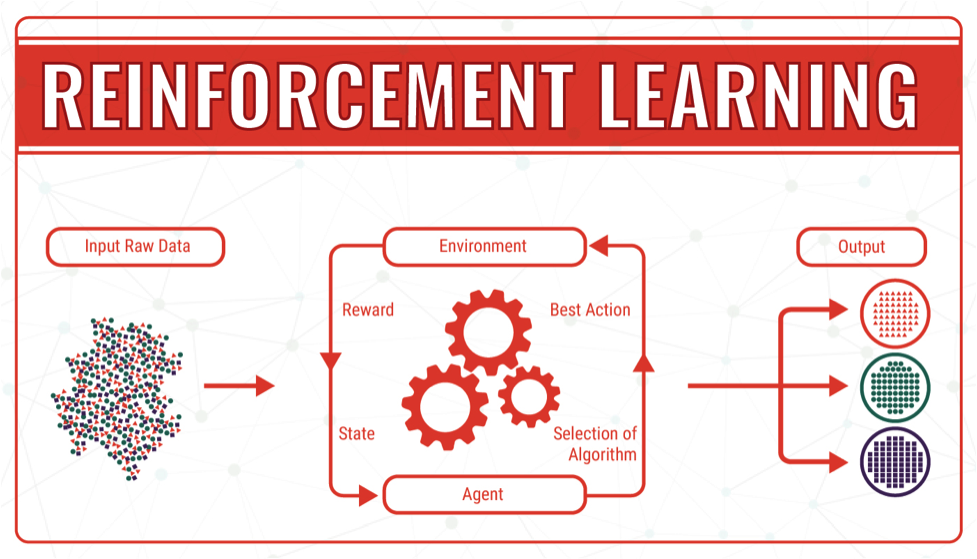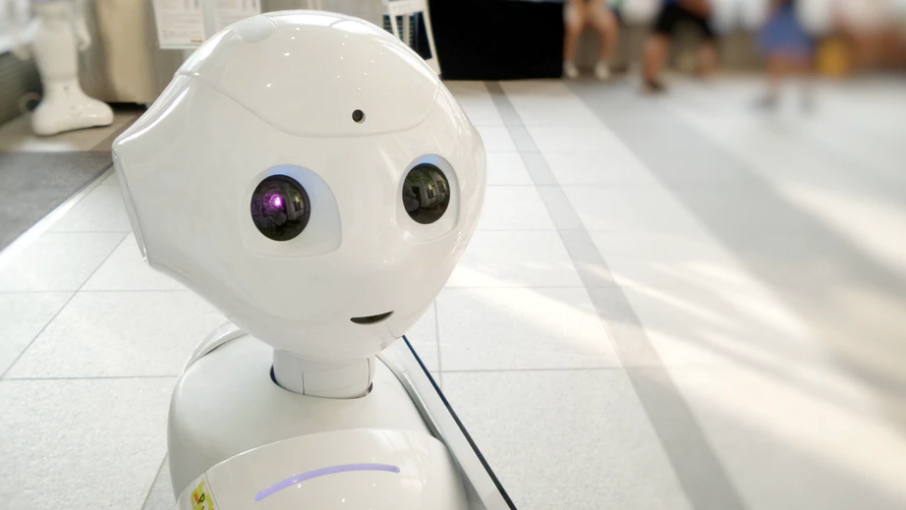Over the years I read and saved a lot of articles about AI. Following a course at the Scottish Digital Academy recently about AI in Government, I have even more. So sharing back here.
In this post:
- Definitions
- Different ways the UK government is using AI
- What AI can do
- Chatbot
- Machine Learning (ML)
- Deep Learning
- Natural Language Processing (NLP)
- Voice Interface
- Robotic Process Automation (RPA)
- Ethics are important
- Beware of racial bias
- Things to keep in mind
Definitions
What’s AI:
AI is a collection of different technologies. When they come together, they enable a machine to sense, comprehend, act, and learn with what seems like human levels of intelligence.
There are 2 main characteristics:
Autonomy: ability to perform tasks in complex environments without constant guidance by a user
Adaptivity: ability to improve performance by learning from experience
More definitions of sub parts of AI
- Machine learning: find patterns in data
- Voice recognition: recognition and translation of spoken language into text by computers. Older people usually like apps based on this, it feels more natural to them than using a phone or an app
- Chatbot: computer program or an artificial intelligence which conducts a conversation via auditory or textual methods
- Natural Language Processing: processing and analysing large amounts of natural language data.
- Intelligence Agents: an autonomous entity which acts, directing its activity towards achieving goals (i.e. it is an agent), upon an environment using observation through sensors and consequent actuators
- Robotic Process Automation (RPA): a computer mimicking human actions to complete a process without human intervention. This often involves using software to capture and manipulate data from other computer programs, according to pre-set rules. It is used to automate workflows consisting of highly repeatable tasks where data will conform to predefined characteristics.
A project worth checking
AI Cheatsheet – The goal of this project is to demystify and educate the wider community, outside the field of AI, to find out what it can do and what it shouldn’t do.
Different ways the UK Government is using AI
A guide to using artificial intelligence in the public sector
An AI needs to reliably beat the average human. It might not do it the same way a human would do it though.
What AI can do
- analyse more and more data
- automate repetitive learning and discovering through data
- add intelligence to existing data
- adapt through progressive learning algorithm
- achieve incredible accuracy
- get the most out of the data
Chatbots
A computer program or an artificial intelligence which conducts a conversation via auditory or textual methods.
2 sorts:
- Rule based: basic, know only about rules that have been pre-programmed
- AI based: intelligent, learns from conversations using ML techniques. For this one, it implies: machine learning — learn from previous conversations — uses voice recognition if it’s voice bot rather than a chatbot, and natural language recognition to understand what the user is trying to convey
Some bot principles by Jenny Thai (FutureGov)
- set the scope of the bot and keep it simple (most important — scope can change!)
- it should always introduce itself -with a personality — and be clear it’s not a person
- always suggest the next step
- respect and use the medium of chat
- provide an escape route
- track, measure and iterate
- always respond and be supportive
Work done on Waste Permits for Newcastle City Council. The service used to be paper based, you would apply and receive the permit via mail. A lot of users were unaware and would end up on site with a van full of garbage and the workers would have to deal with very confrontational situations.
I wrote about this previously for the Service Design in Government conference and the slides of the talk are available here
The User Experience of Chatbots – Nielsen Norman Group
Types of Bots: An Overview – botnerds
The Six Principles of Conversational Transformation – Erika Hall
How we designed Inga, a delightful banking chatbot for ING – UX Collective
Machine Learning (ML)
Supervised, unsupervised and reinforcement Machine Learning basically are a description of ways in which you can let machines or algorithms loose on a data set. The machines would also be expected to learn something useful out of the process. — Ronald van Loon
Supervised learning
Enable computers to learn from labelled training data without being programmed to.
- start with clear user need and public benefit
- be aware of relevant legislation and codes of practice
- use data that is proportionate to the user need
- understand the limitations of the data
- ensure robust practices and work within your skillset
- make your work transparent and be accountable
- embed data use responsibly
The two parts of supervised learning are:
- Classification: assign a label to training data
- Regression: predict a continuous value for predictive analysis and modelling
The process:
- you start with a question
- collect the training data
- split the data between training and testing data
- train the machine learning algorithm with sufficient and accurate data
- test the machine learning algorithm using the test data
- collect feedback
- use the feedback
- iterate
The government has used it to tag its content (GDS), it was done manually initially and then machine learning was used. More on the Taxonomy principles

Unsupervised learning
There are no labels or correct outputs. The task is to discover the structure of the data: for example, grouping similar items to form ‘’clusters’’, or reducing the data to a small number of importance ‘’dimensions’’, also data visualisation.
We find patterns that we didn’t know existed

Reinforcement learning
Commonly used in situations where an AI agent like a self-driving car must operate in an environment and where feedback about good or bad choices is available with some delay. Also used in games where the feedback may become available only at the end of the game

More on Machine Learning
- How GDS uses machine learning to make GOV.UK more accessible
- Pros and Cons of Neural Networks
- 30 Amazing Machine Learning Projects for the Past Year (v.2018)
- Learn to Build a Machine Learning Application from Top Articles of 2017
- ML5js — Friendly Machine Learning for the web
Deep Learning
Training a machine to show a human behaviour.
Several ‘’layers’’ of simple processing units are connected in a network so that the input to the system is passed through each one of them in turn.
10 Amazing Examples Of How Deep Learning AI Is Used In Practice? – Forbes
The Department of Transport (DfT) is the Thurrock Council to detect potholes. The pothole-spotter system, which will be mounted to refuse collection vehicles, consists of high-definition cameras which will take high quality pictures of roads and pavements.
An integrated navigation system and intelligent software will build up an image library and help officers identify problems before they become potholes.
Thurrock and York in waste vehicle pothole detection trials – letsrecycle.com
Lorries kitted out with HD cameras in pothole detection trial
Natural Language Processing (NLP)
It can be used to extract data. NHS do that a lot to improve their search and content.
How it works:
An example is Amelia the chat bot used by Enfield Council. A sentiment analysis has been added, so the answers will be adapted depending on the interpretation of the mood of the customer (upset, unsure, etc..)
More on this: Natural Language Processing is fun!
Voice Interface
10% of Britons own a smart speaker (source YouGov Smart Speaker Q1 2018)
Older people usually like apps based on voice recognition, it feels more natural to them than using a phone or an app.
“Design for how people talk rather than how you wish them to talk”
— Cathy Pearl
‘I feel in control of my life’: Alexa’s new role in public service – The Guardian
How to Design Voice User Interfaces – Interaction Design
Cathy Pearl has learned the art and science of conversation – Google blog
Talking to computers (part 1): Why is speech recognition so difficult? – User focus
Conversational interface for chatbot & voicebot: the French touch – Prototypr.io
Tips on designing conversations for voice interfaces – UX Design
Robotic Process Automation (RPA)
Automation can perform repetitive tasks. This allows staff to spend more on professionally rewarding work, such as customer service. Well done, RPA can improve organisational cohesion and the personal satisfaction of employees. The video below is an example of use of RPA in banking.
Ethics are important
EU guidelines for AI: lawful, ethical, robust
The Toronto Declaration: Protecting the rights to equality and non-discrimination in machine learning systems
Data Ethics Framework (GOV.UK)
- start with clear user need and public benefit
- be aware of relevant legislation and codes of practice
- use data that is proportionate to the user need
- understand the limitations of the data
- ensure robust practices and work within your skillset
- make your work transparent and be accountable
- embed data use responsibly
Beware of racial bias
Face recognition and other applications are very poor with non-white skin
The racial implications of AI and UX – UX design
Facial Recognition Has a Blind Spot – Medium
Police ‘miss’ chances to improve face tech – BBC
Why facial recognition’s racial bias problem is so hard to crack – CNET
Things to keep in mind
The result you will get from your data set is only as good as your data is.
- you can introduce biases or have insufficient data
- GDPR: get the right data and make sure you’re allowed to use it and keep it
- data can become corrupted and can restrict diversity
- you might not have the right data or enough data
- always balance the accuracy of the algorithm with the fairness of results
- define the level of accuracy which will define success
Some links to learn more
A free course from the University of Helsinki
AI-driven Design: AI will undeniably shape the user experiences of tomorrow
Home | The Alan Turing Institute
What is the role of an AI designer?
You might also be interested in another post I wrote:
